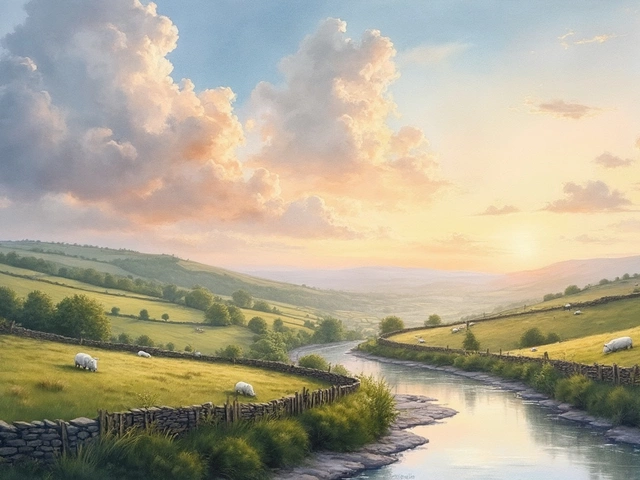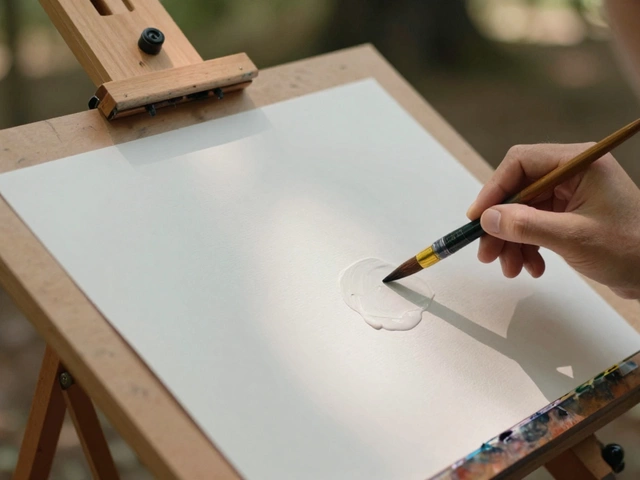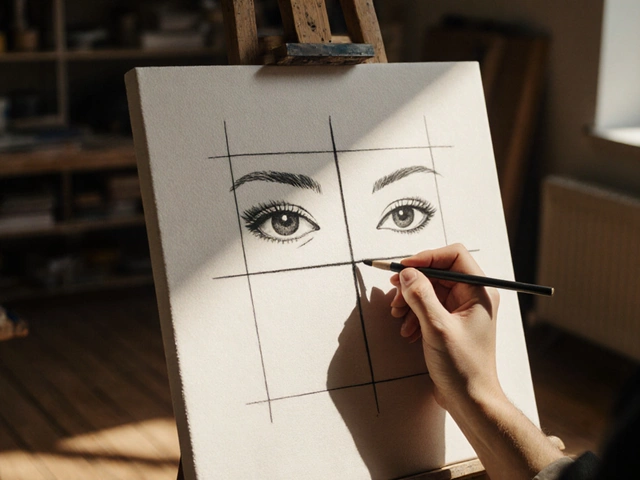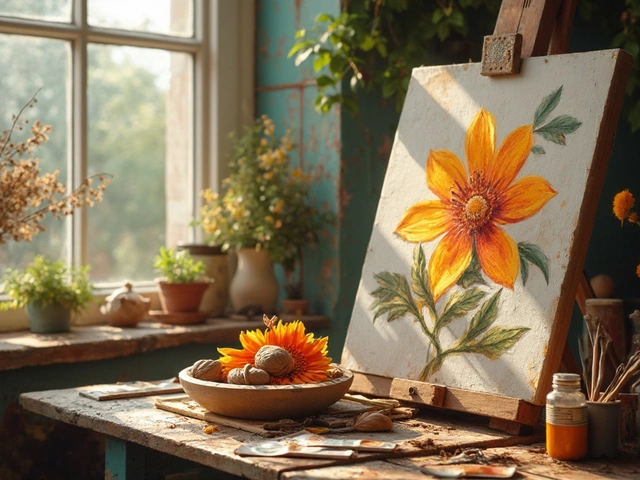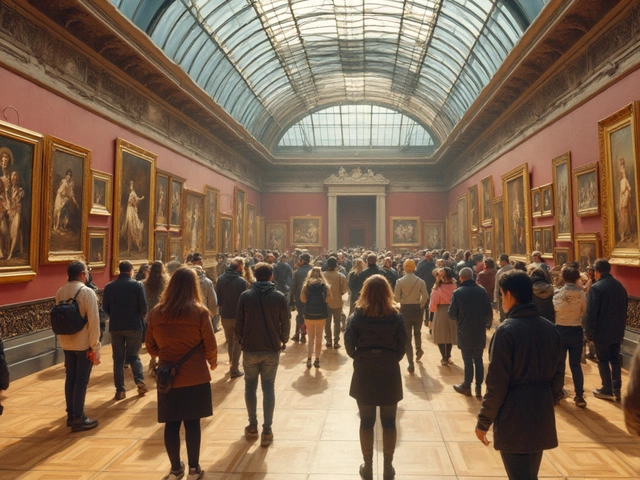Painting Techniques – Explore Methods & Styles
When working with painting techniques, the set of methods artists use to apply pigment to surfaces. Also known as artistic methods, they cover everything from brush handling to color theory. Understanding these methods helps you choose the right oil painting, a medium that uses oil‑based pigments for rich texture and slow drying time, explore the non‑representational abstract art, a style that emphasizes shape, color, and emotion over realistic detail, or try the luminous washes of watercolor, a water‑soluble paint that creates transparent layers. Each of these areas shows how painting techniques influence the final look of a piece.
Core Concepts and Tools
Painting techniques require three core skills: material knowledge, hand control, and visual planning. Material knowledge means knowing how oil, acrylic, or watercolor pigments behave on canvas, paper, or wood. Hand control is built by practicing brush strokes, palette knife work, or finger painting, depending on the medium. Visual planning involves sketching composition, deciding on lighting, and choosing a color palette before the first mark. For example, the Goya technique—named after the Spanish master—combines a dark underpainting with bright glazes to create dramatic contrast; mastering this method shows how a single technique can shape mood and depth. By linking material knowledge with intentional planning, artists can move from a flat sketch to a textured masterpiece.
The relationship between painting techniques and artistic goals is clear: if you aim for realism, you’ll likely gravitate toward oil painting because of its blending capabilities. If you seek spontaneity, water‑based media let you work quickly and adjust on the fly. Abstract artists often mix media, using acrylics for their fast drying time and then adding oil‑based glazes for depth. This crossover demonstrates that abstract art influences oil painting by encouraging unconventional brushwork and color choices. The synergy among these methods makes the learning curve exciting rather than intimidating.
Practical application starts with a simple experiment: choose a single subject—like a fruit or a landscape—and try it with three different techniques. First, use oil paints to build a layered, buttery surface; second, switch to watercolor to capture the same lightness with washes; third, interpret the subject abstractly, focusing on shape and color rather than detail. Recording the results highlights how each technique changes perception and reveals which method fits your personal style. This hands‑on comparison also shows how the Goya technique can be adapted—apply a thin, dark underlayer in watercolor, then lift highlights with a wet brush to mimic the dramatic chiaroscuro of oil.
Below you’ll find a curated collection of articles that dive deeper into each of these areas. Whether you’re a beginner looking for step‑by‑step oil painting advice, an intermediate artist curious about abstract methods, or someone who wants to master the Goya technique, the posts ahead cover theory, stepwise guides, and real‑world examples. Explore the range, pick the technique that resonates, and start creating with confidence.
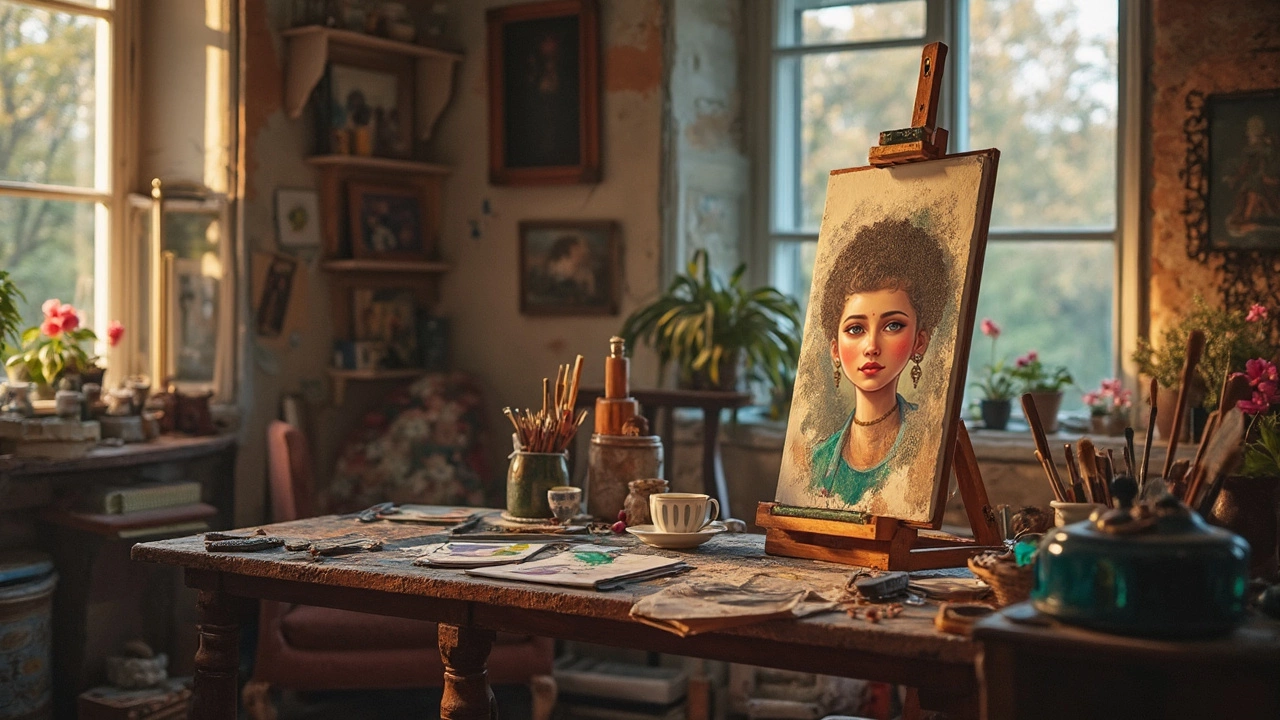
This article breaks down what separates an average portrait painting from a truly good one. Find out why it's not just about looking realistic, but also about capturing personality and emotion. Learn helpful tips on composition, color, and connecting with your subject. Perfect if you want to make your portraits stand out or just appreciate the art on a deeper level. You'll come away with ideas you can actually use.
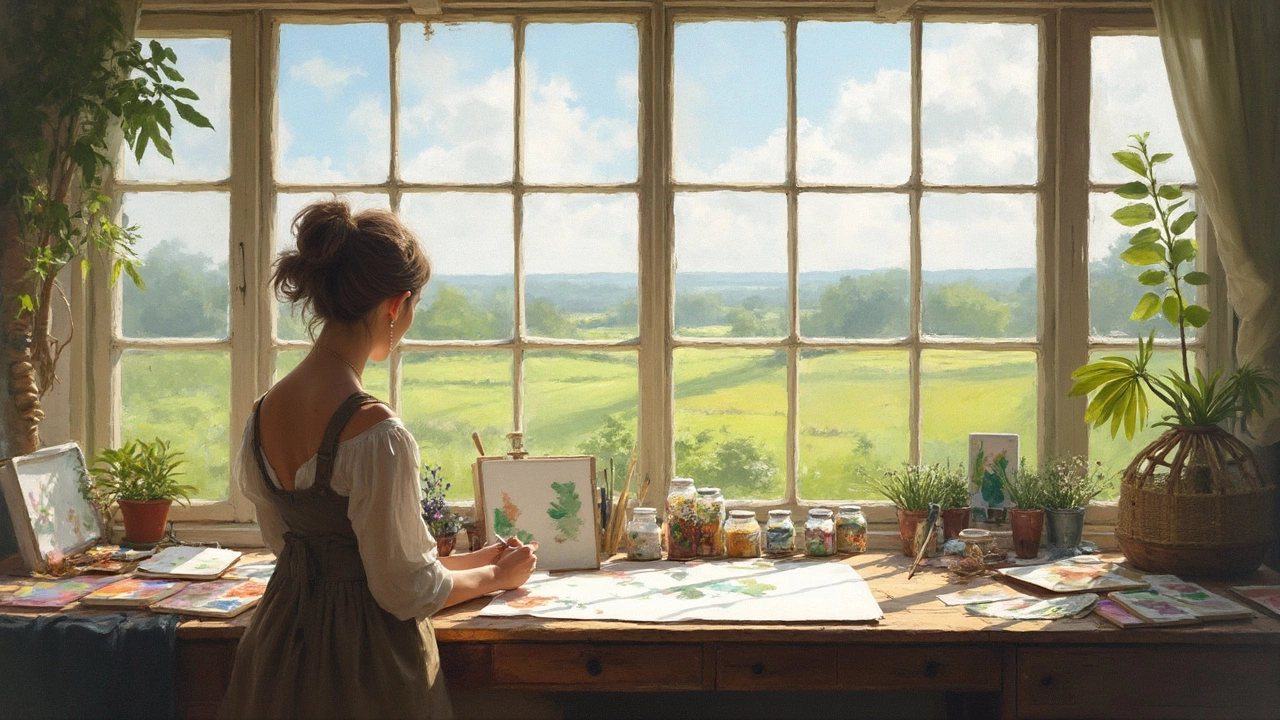
Discover effective techniques to eliminate ripples from your watercolor paintings. This guide provides practical tips and insights on maintaining smooth surfaces in your artwork. Understand the causes of ripples and learn how to prevent them with simple yet effective methods. Achieve professional-looking watercolor pieces with confidence.
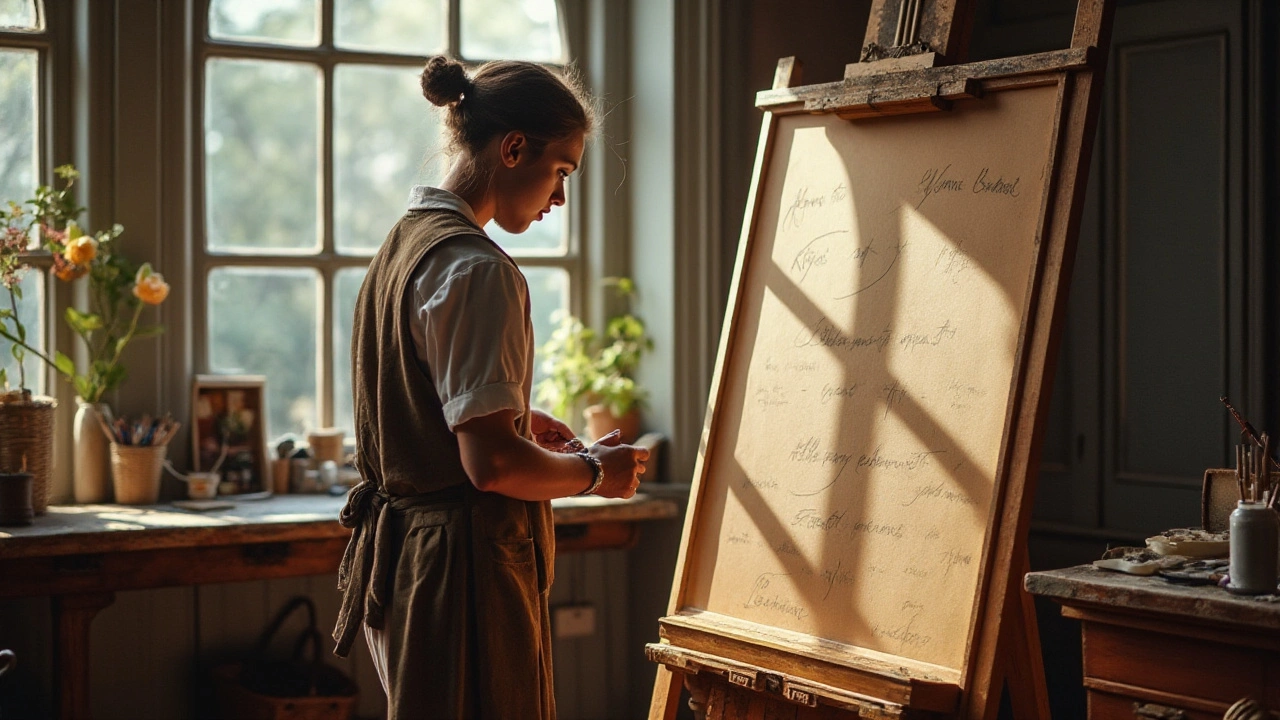
The rule of three is a key concept in art, aiding artists in creating balanced and compelling compositions. In the realm of oil painting, understanding and applying this rule can significantly elevate both the visual appeal and narrative of a piece. The rule involves dividing the canvas into three equal parts, both horizontally and vertically, guiding the placement of elements to enhance focus and interest. This method not only helps in organizing artwork logically but also facilitates the viewer's engagement with the piece. Dive deep into its origins, its practical application, and tips to effectively incorporate it into your painting process.
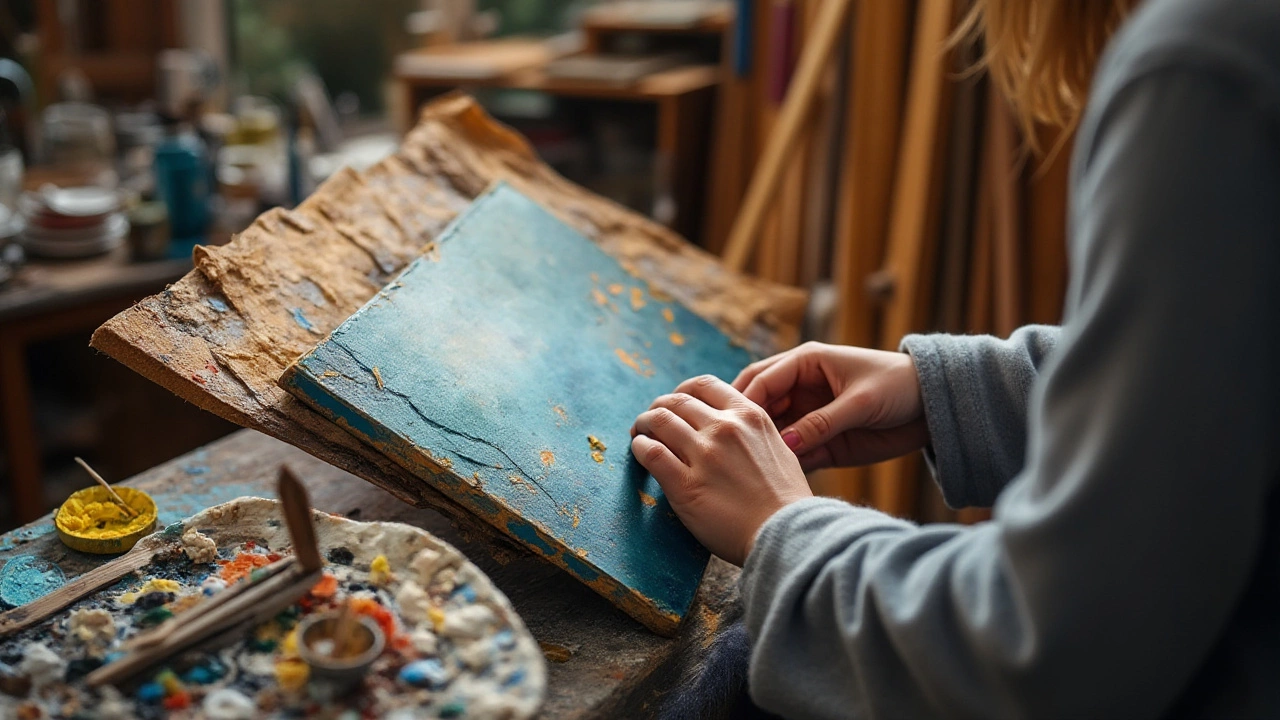
Repainting an old canvas can be a challenge if you are unsure whether to strip the old paint first. Understanding the benefits and drawbacks of removing aged paint is crucial for achieving the best results. This article delves into various oil painting techniques, while also offering practical guidance for preserving the original texture and quality of your artwork. Discover key considerations for effective repainting, ensuring your new layer stands out beautifully.
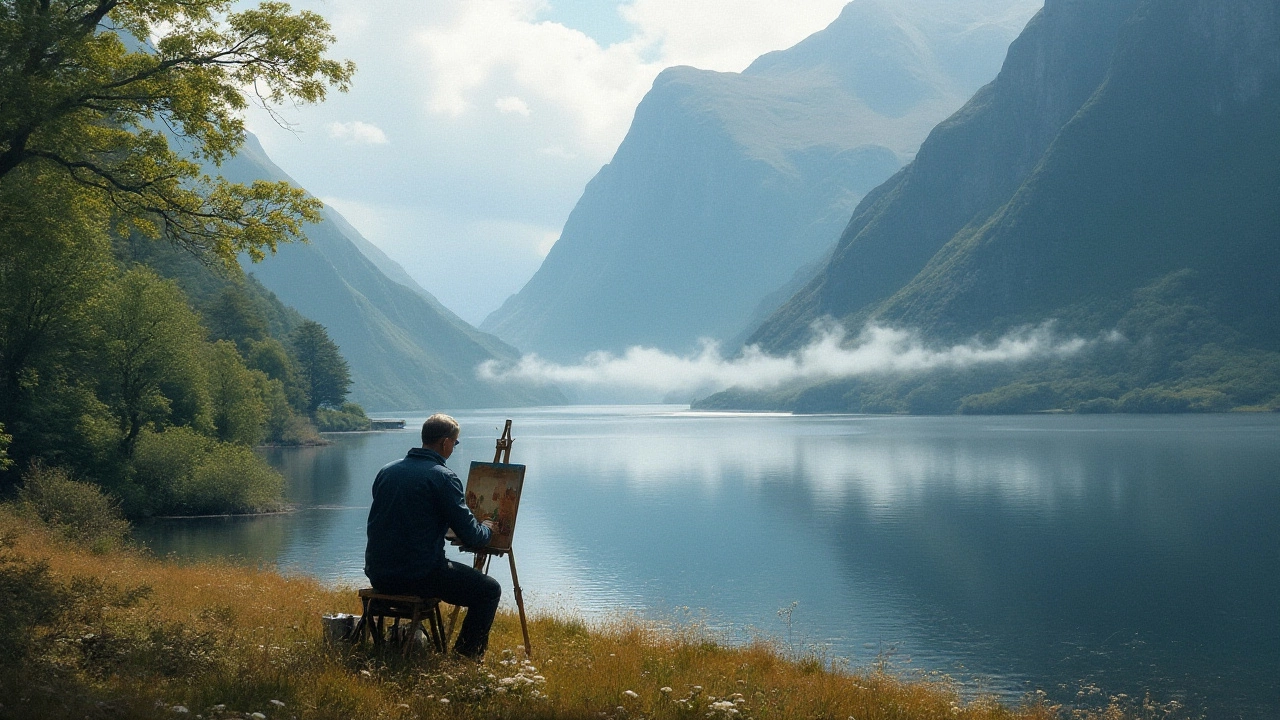
Landscape painting is more than just replicating the scenery—it’s about translating nature into an art form that speaks to the viewer. Key concepts in this genre include composition, perspective, and use of color, each vital in conveying mood and depth. Understanding these elements can elevate the artist’s ability to evoke emotion through their work. Explore the essentials and enrich your approach to capturing the beauty of landscapes on canvas.
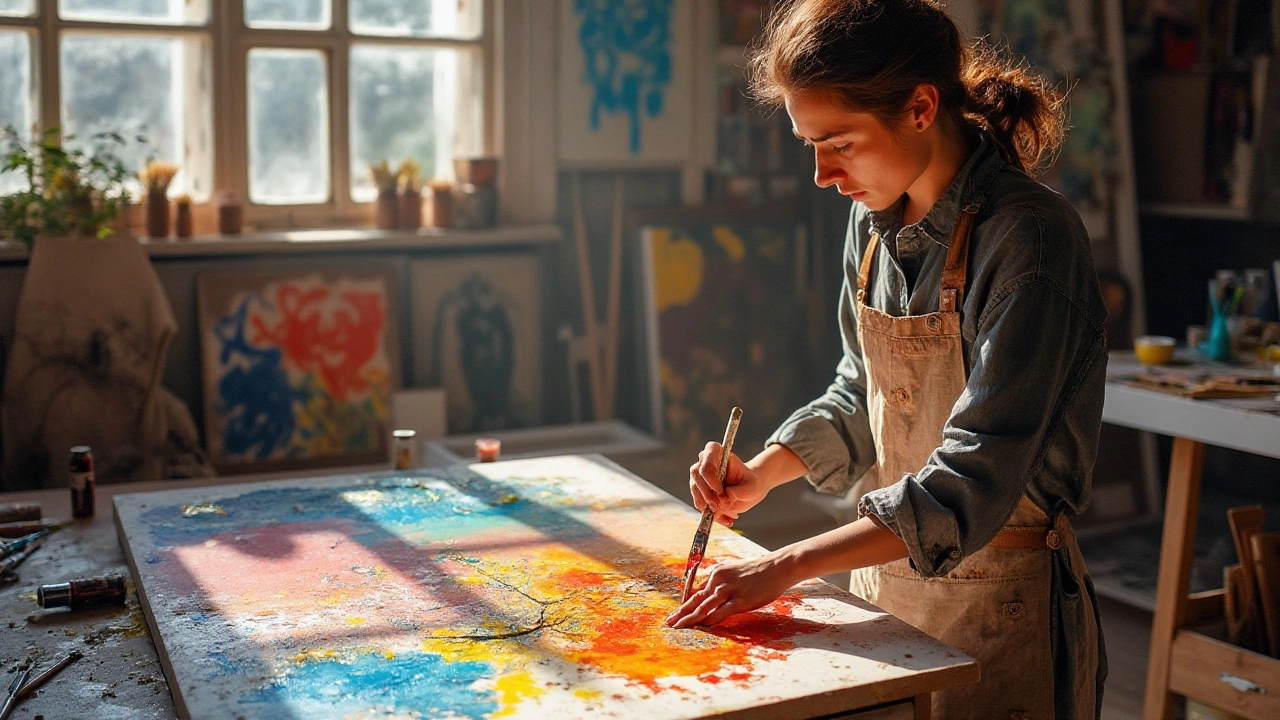
Alla prima, a beloved and spontaneous painting technique, is about immediacy and fluency in execution. This method involves applying layers of wet paint on top of each other without letting them dry, resulting in a rich and dynamic finish. This technique appeals to artists who love working with a sense of urgency and expression. Learning alla prima requires understanding how colors blend directly on the canvas and the discipline to capture the essence in a single session. Delve into the world of alla prima to uncover its secrets and tips for mastery.
